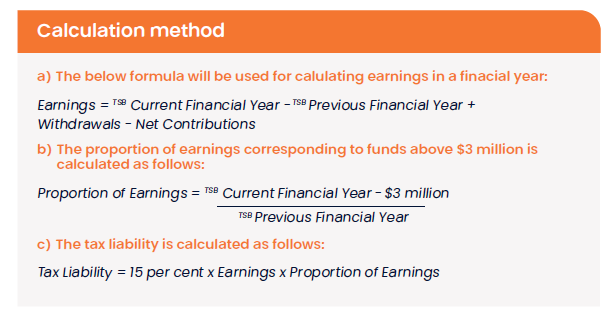Insights
Related insights
Insights
Setting up a Self-Managed Superannuation Fund (SMSF) requires careful planning and adherence to regulatory requirements. Here’s a checklist to guide you through the process: Pre-setup considerations 1. Research and education Understand the roles and responsibilities of SMSF trustees. Educate yourself about SMSF regulations, investment options, and taxation implications.There are various...
Insights
A common misconception about death and your Self Managed Superannuation Fund (SMSF) is that your super entitlements are automatically dealt with as part of your estate or will. This is not the case! Your superannuation may be a significant asset when you die and it should be carefully considered in...
Insights
It has long been the requirement for SMSF trustees to support the value of their Fund’s assets in their annual accounts. However, trustees may not be aware that the ATO has recently updated their valuation guidelines. The ATO has provided clarity on the objective and supportable evidence needed to support...






